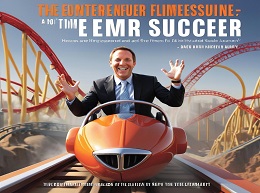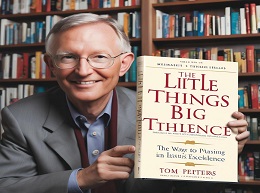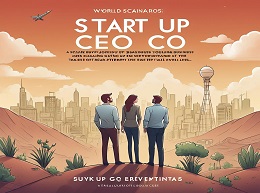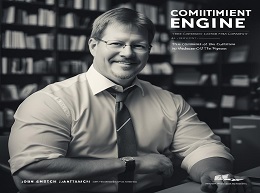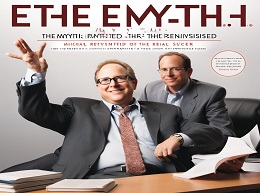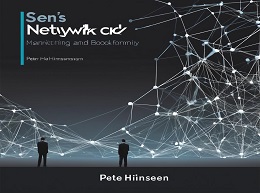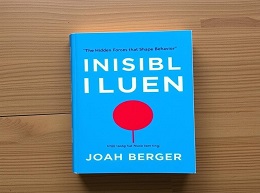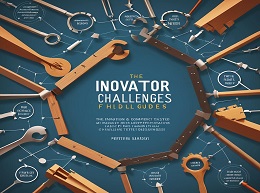Built to Last: Successful Habits of Visionary Companies
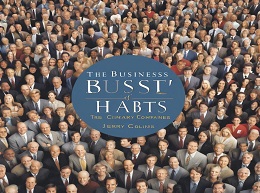
Built to Last: Successful Habits of Visionary Companies
"Built to Last: Successful Habits of Visionary Companies" by Jim Collins and Jerry I. Porras is a seminal work in the field of business literature. Published in 1994, the book presents the findings of a six-year research project at the Stanford University Graduate School of Business. The study aimed to uncover the common characteristics and strategies that have enabled a select group of visionary companies to achieve enduring success over time. This review delves into the key themes of the book, highlighting the habits and principles that distinguish these companies, and providing relevant examples to engage readers.
The Quest for Enduring Success
Collins and Porras start with a fundamental question: What makes a company truly great and able to sustain that greatness over decades? To answer this, they compared 18 visionary companies with another 18 companies in the same industries that, while successful, did not reach the same level of iconic status.
Visionary Companies Defined
The authors define visionary companies as premier institutions in their industries, widely admired by their peers and the public, and that have a long track record of making a significant impact on the world. These companies include household names such as General Electric, IBM, Walt Disney, and 3M.
The comparison between 3M and Norton exemplifies the distinction between visionary and comparison companies. While both started around the same time in similar markets, 3M's relentless innovation and core ideology set it apart, leading to its longevity and success.
Core Values and Purpose
A key finding of the book is that visionary companies maintain a core ideology – a set of core values and a core purpose that goes beyond making money. This ideology acts as a guiding star, providing consistency and continuity even as business strategies and tactics evolve.
Johnson & Johnson’s Credo
Johnson & Johnson’s Credo, written in 1943, outlines its responsibilities to customers, employees, communities, and shareholders. This core ideology has guided the company through crises and changes, ensuring it remains true to its foundational principles.
Preserve the Core, Stimulate Progress
The principle of "Preserve the Core, Stimulate Progress" encapsulates the balance visionary companies achieve between maintaining their core values and encouraging change and innovation. This duality enables them to adapt and thrive in dynamic environments without losing their identity.
Hewlett-Packard (HP)
HP’s "HP Way" emphasizes respect for individuals, a focus on innovation, and a commitment to community responsibility. While the company has evolved technologically and expanded its business scope, these core values have remained intact, supporting its long-term success.
The Power of Bold Goals
Visionary companies set Big Hairy Audacious Goals (BHAGs) that are clear, compelling, and seemingly daunting. These goals serve to inspire and mobilize the entire organization, pushing it to achieve extraordinary results.
Boeing’s 707 Jetliner
In the 1950s, Boeing set a BHAG to create a commercial jetliner, leading to the development of the 707. This bold move transformed the commercial aviation industry and established Boeing as a leader in the field.
Embracing Risk and Uncertainty
Pursuing BHAGs involves embracing risk and uncertainty. Visionary companies are not afraid to make bold moves and invest in ambitious projects, even when the outcomes are not guaranteed. This willingness to take risks is a hallmark of their innovative spirit.
Sony’s Transistor Radio
In the 1950s, Sony set a BHAG to create a portable transistor radio. This move into uncharted territory paid off, revolutionizing the electronics industry and establishing Sony as a global innovator.
Strong Organizational Cultures
Visionary companies often cultivate strong, almost cult-like cultures where employees deeply identify with the company’s core values and purpose. This intense cultural alignment fosters a sense of unity and commitment that drives the organization forward.
Walt Disney Company
The Walt Disney Company’s culture revolves around creating magical experiences and storytelling. Employees, or "cast members," are deeply immersed in this culture, which has been instrumental in maintaining Disney’s brand and delivering consistent, high-quality experiences.
Selection and Socialization
To maintain their unique cultures, visionary companies are rigorous in selecting employees who align with their core values and purpose. They also invest heavily in socialization processes to indoctrinate new hires into the company culture.
Procter & Gamble (P&G)
P&G places a strong emphasis on cultural fit during its hiring process and provides extensive training to ensure new employees understand and embrace the company’s values and standards. This focus on cultural alignment has helped P&G maintain its identity and performance over the years.
The Tyranny of the Or
Collins and Porras introduce the concept of "The Tyranny of the Or," which suggests that companies often believe they must choose between two seemingly contradictory strategies, such as focusing on short-term performance or long-term growth. Visionary companies, however, embrace "The Genius of the And," pursuing both simultaneously.
Merck’s Commitment to Science and Profitability
Merck exemplifies "The Genius of the And" by prioritizing both cutting-edge scientific research and financial performance. This dual focus has allowed Merck to achieve breakthroughs in medicine while delivering strong shareholder returns.
Built-in Mechanisms for Improvement
Visionary companies implement built-in mechanisms for continuous improvement, such as encouraging experimentation, learning from mistakes, and fostering a culture of feedback and adaptation.
3M’s Innovation Programs
3M’s famous "15% rule" allows employees to spend 15% of their time on projects of their own choosing. This policy has led to numerous innovative products and keeps the spirit of continuous improvement alive within the company.
Enduring Success through Vision and Values
"Built to Last: Successful Habits of Visionary Companies" provides a comprehensive look at what makes great companies endure. Collins and Porras' research highlights that enduring success comes from a steadfast commitment to core values, bold goal-setting, strong cultures, and continuous improvement. By studying and applying these principles, any organization can aspire to transcend the ordinary and achieve long-lasting greatness.
Final Thoughts
The book’s insights are not just theoretical but are backed by extensive research and practical examples. Whether you are a business leader, an entrepreneur, or someone interested in organizational development, "Built to Last" offers valuable lessons on building a company that stands the test of time.
